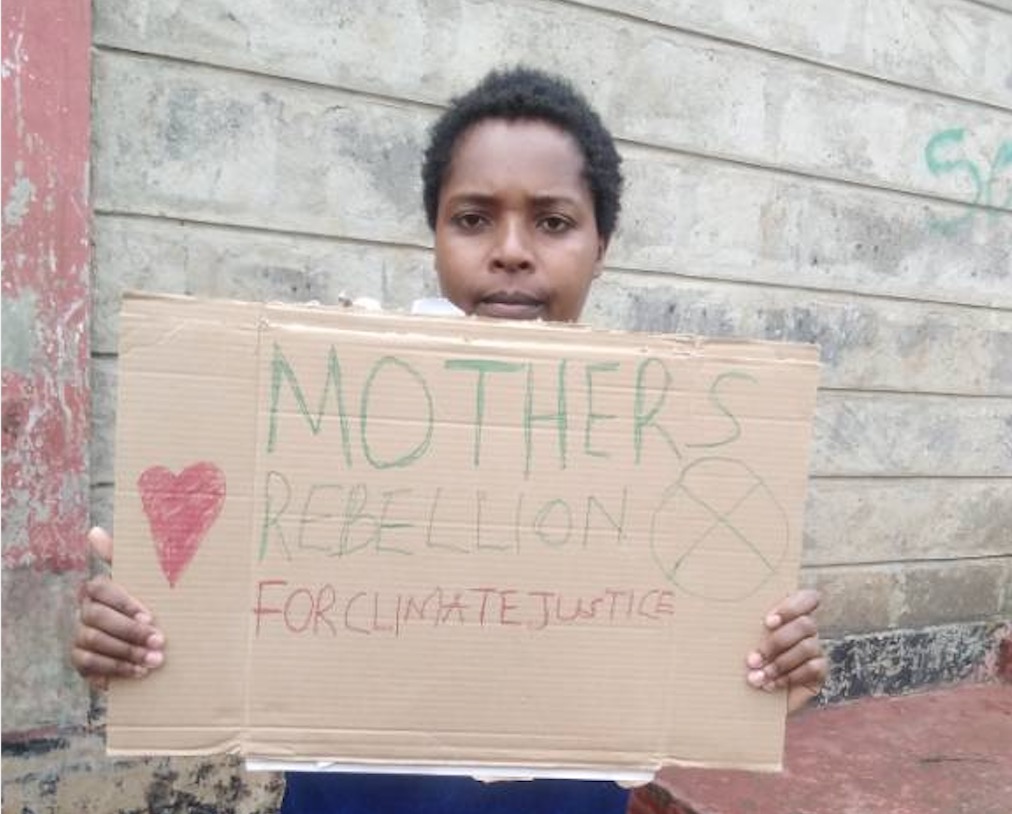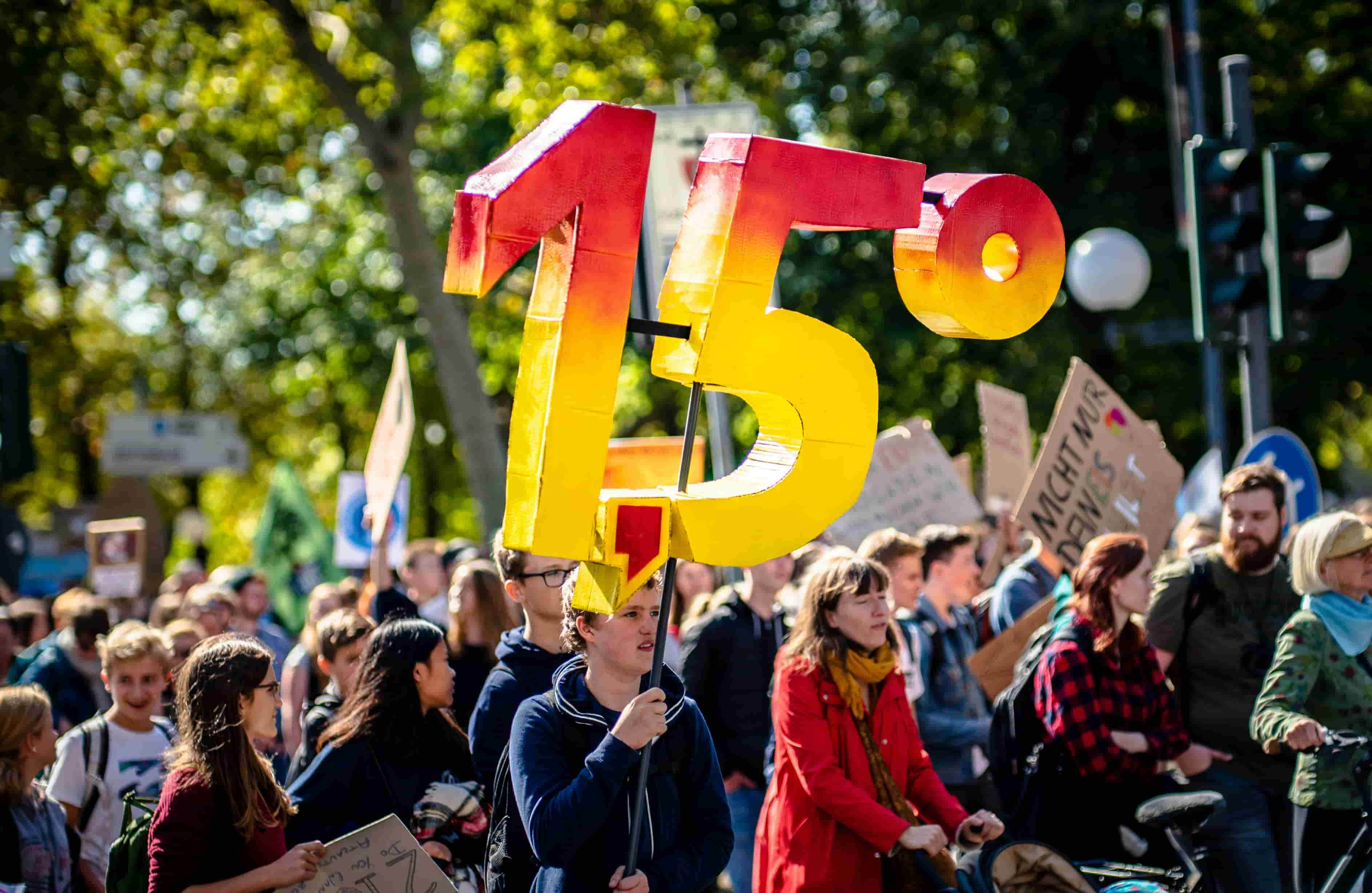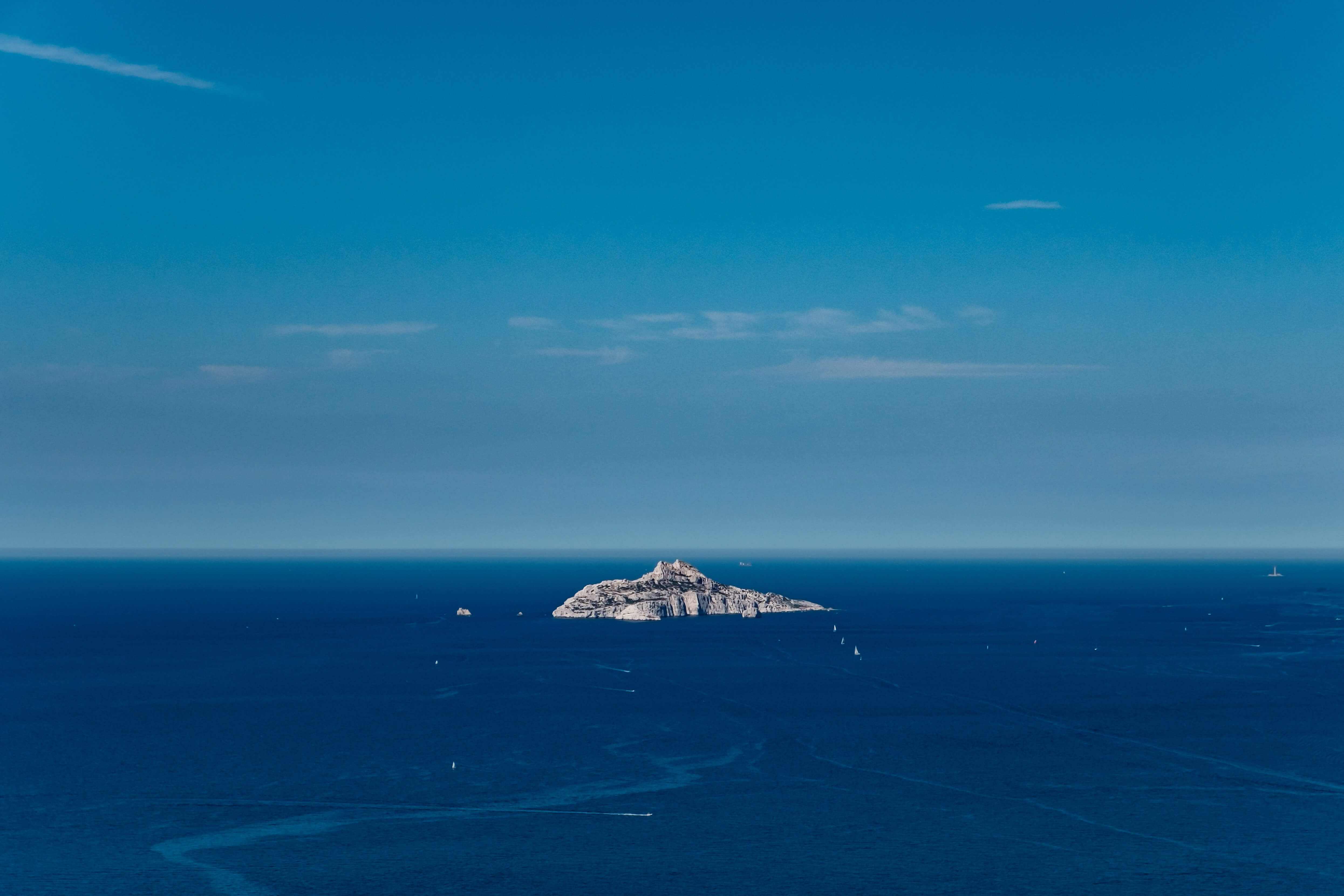
Source: Heye Jensen, Unsplash.
For a long time the ocean has been our greatest friend. It has helped us to survive, explore, and connect with one another over many thousands of years. We owe our lives and many of the privileges we enjoy today to our relationship with the sea. But deep trenches have formed in this relationship that are manifesting in terrifying ways – and our species is entirely to blame. Since the dawn of the industrial revolution, humans have exploited both land and sea at ever-increasing rates for profit and power and our planet has become warmer and warmer as a result. Now our actions have transformed the ocean into a formidable foe: sea levels are rising faster than at any other point in recorded history and these swelling tides threaten to swallow up the land that many of us call home. It is now clear that this observable threat will have consequences never before seen in human history, some of which might just surprise you.
1) Greenland Is Our Greatest Threat
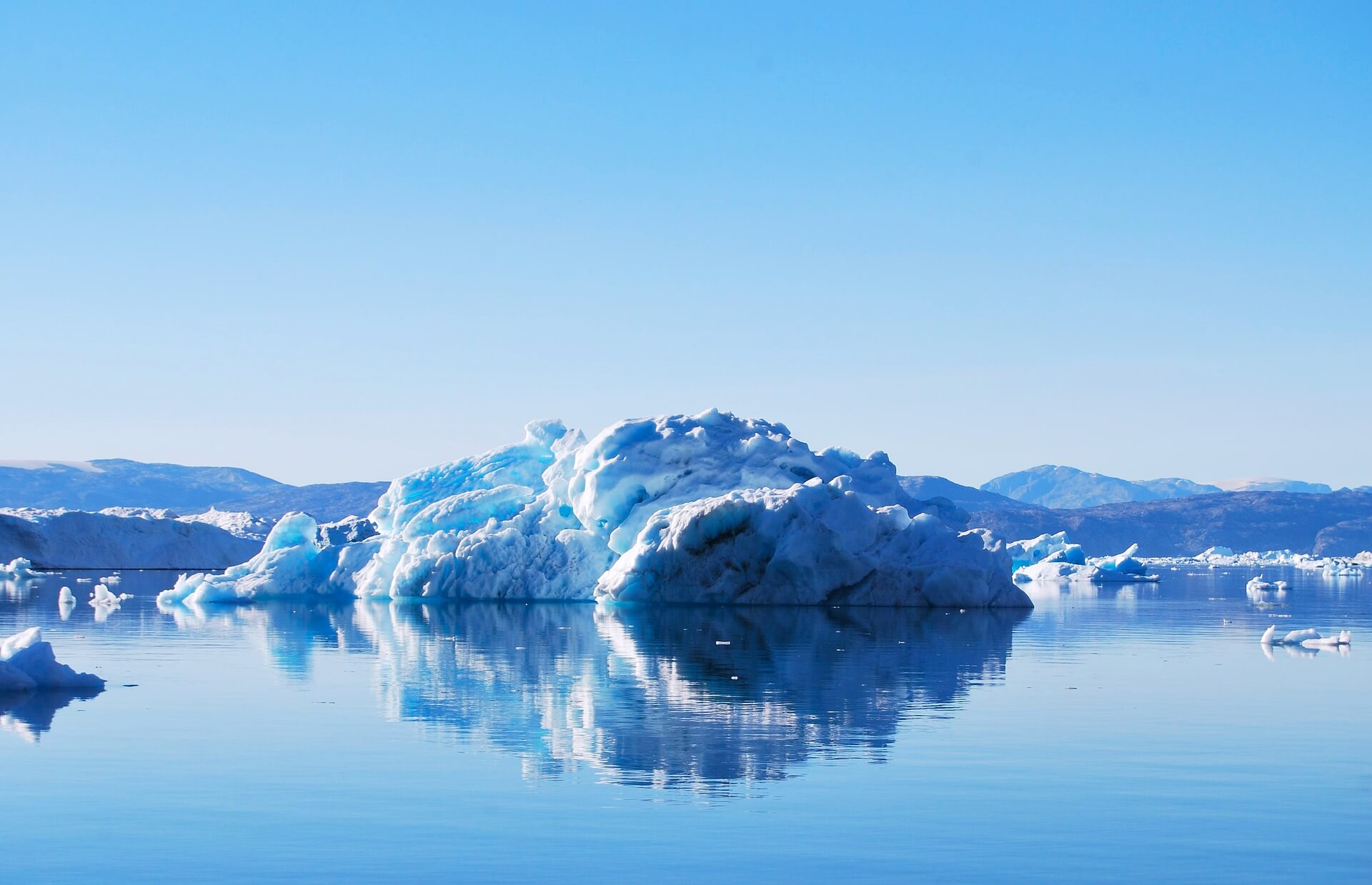
Source: Jean-Christophe Andre, Pixabay.
Human activities such as mass extraction and burning of fossil fuels have led to the planet warming at an alarming rate, As a result, our largest polar ice sheets have begun to melt and sea levels have continued to rapidly rise. If you thought that the melting of Antarctic ice was our greatest problem when it comes to sea level rise, then you wouldn’t be alone. The media bombards us with images of cascading ice sheets, lonely icebergs and suffering wildlife in order to depict the climate crisis and its impact on rising sea levels. While the Antarctic is certainly melting, the biggest problem is actually happening much further north.
Greenland is currently the single largest source of sea level rise in the world. The large ice sheet that covers nearly 80% of its land is melting at a record rate, and scientists believe it now has the capacity to raise global sea levels by up to seven metres. In fact, according to NASA, if Greenland’s ice sheet continues to melt at its current pace it alone will subject more than 100 million people to flooding each year by the end of the current century. This means that low-lying coastal regions in countries such as the United States, China, India, and Thailand will be entirely swallowed up by the sea unless urgent action is taken.
2) 200 Million by 2100: Watch Out For The Water
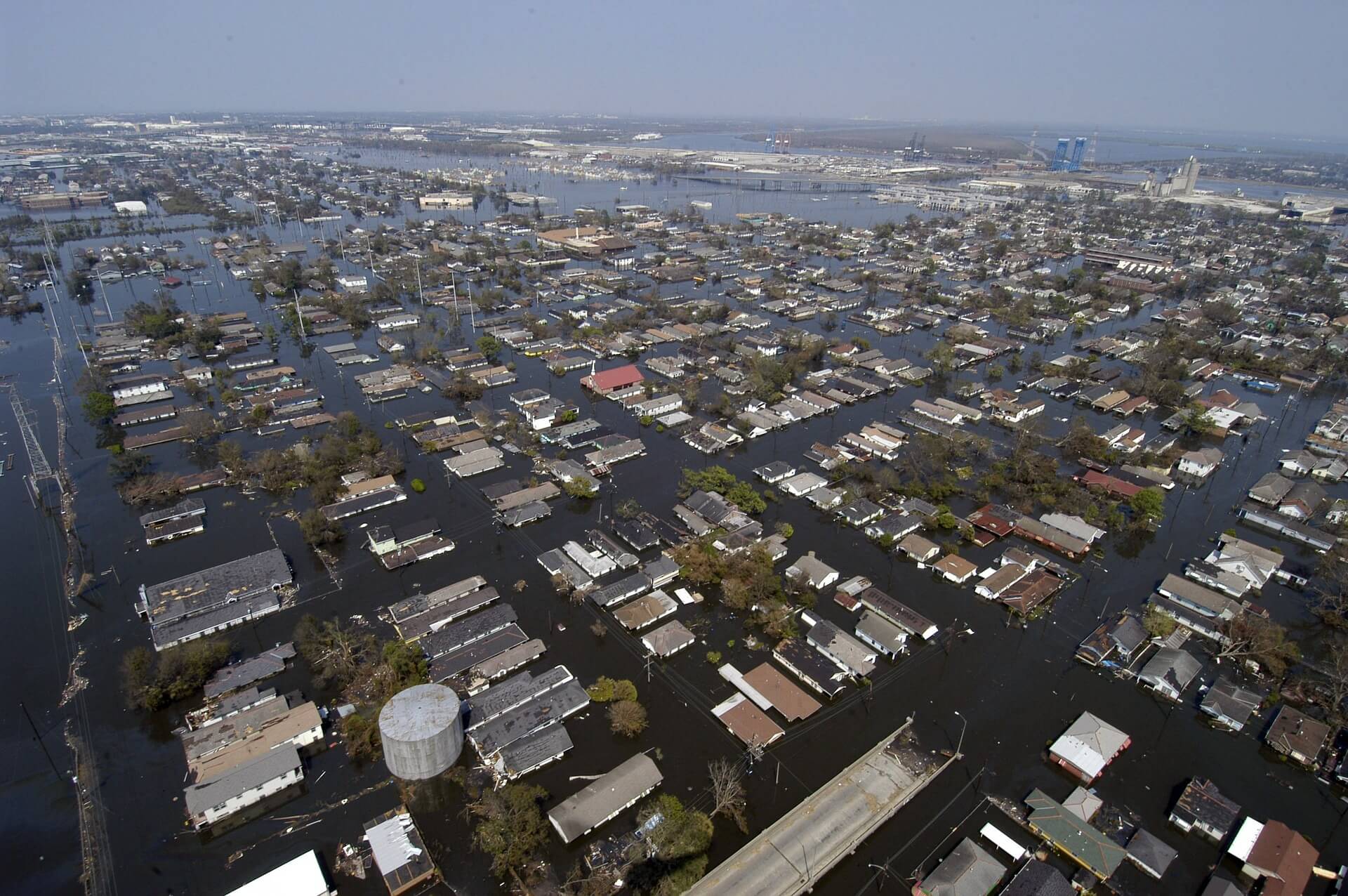
Source: David Mark, Pixabay.
The ocean is silently and rapidly creeping up on us. According to a study published in Nature Communications, coastal areas currently home to more than 200 million people could be permanently below sea level by 2100. So what exactly will this look like?
Here’s what we can expect if seas continue to rise at their current rate:
- In Asia, around 43 million people in China will be displaced, along with 32 million people in Bangladesh, and 27 million in India. Citizens of countries in the region like Vietnam, Indonesia, Thailand, Japan and the Philippines will also lose their homes to the rising seas.
- In Europe, the Netherlands is likely to be worst affected with 4 million people expected to be living below the sea level line. However, the forward-thinking Dutch may be able to survive the rising tides with their innovative flood-proofing infrastructure. Other European countries such as the United Kingdom, which has 1.5 million people at risk, and Germany, which has 1 million people at risk, are also developing measures to prepare for sea level rise.
- In the United States, 13 million people could be forced to abandon their homes due to sea levels rising. Popular coastal cities such as Miami, New Orleans, and Houston will likely be submerged by 2100. As a result, the United States will have to deal with a variety of associated problems such as increased competition for jobs and real estate, and immense pressure on infrastructure networks.
3) Sea Level Rise Is Speeding Up
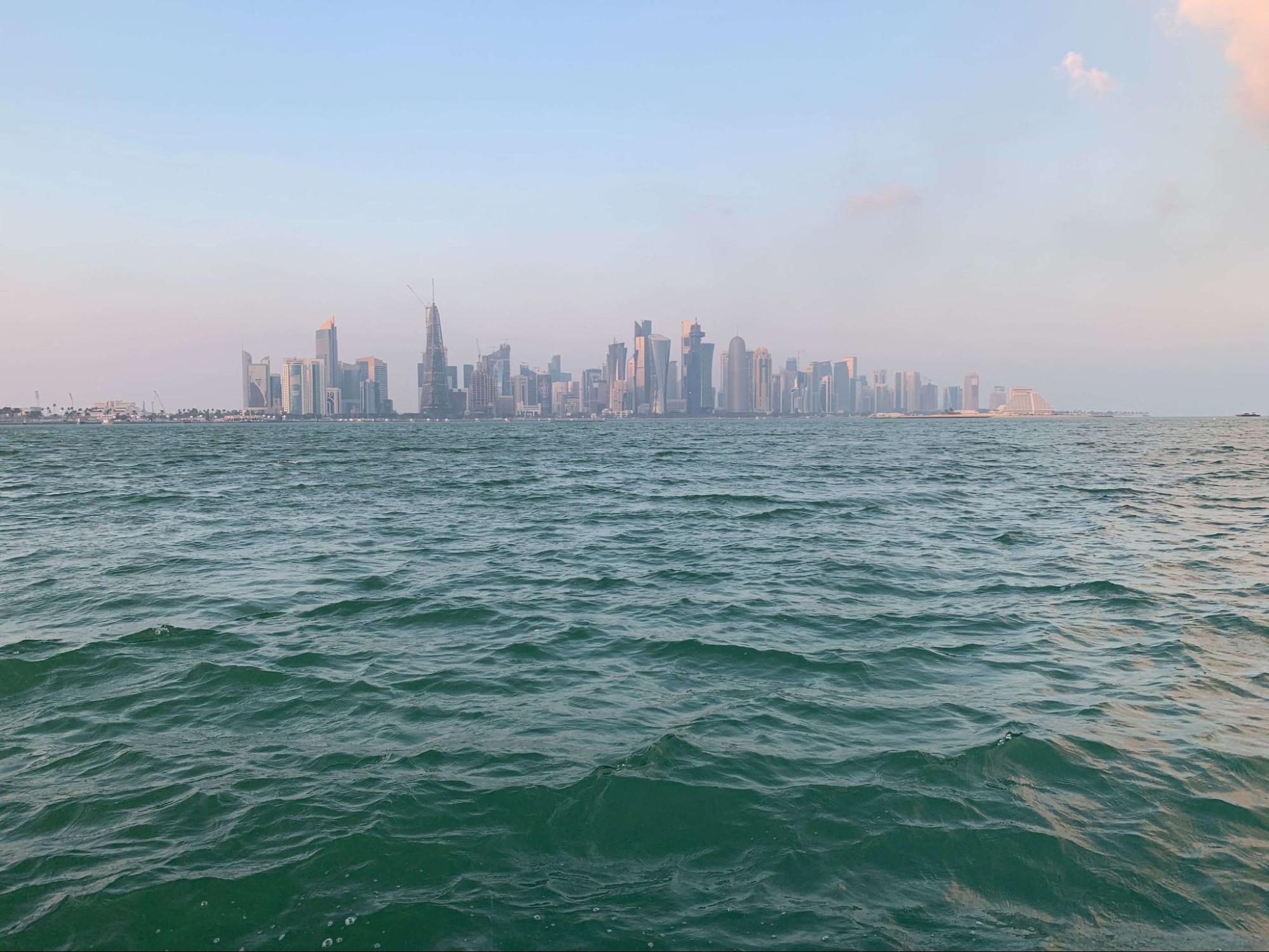
Source: Masarath Alkhaili, Unsplash.
In the last few decades seas have risen at unprecedented rates. Before the industrial revolution, seas would typically rise just a few centimetres each century. Since mass industrialisation and its associated warming effects, this has increased dramatically. In fact, in the last 20 years we’ve gone from a growth of about 3 centimetres every century to approximately 3 centimetres every decade. Why have the seas risen so quickly in such a short amount of time? Well, it has a lot to do with us. Our reliance on fossil fuels has caused global warming to accelerate and in turn speed up its consequences such as the melting of ice sheets that cause sea levels to rise. If we continue our destructive ways, we are ultimately choosing to surrender many of our beloved coastal cities and towns to the waves.
4) Say Goodbye To Freshwater Supply
It’s not just the ocean water we have to worry about, it’s our drinking water too. As the ocean breaches our coastlines it can mix with ground water supplies that are used to provide drinking water for local populations, making the water unsafe to drink. In addition to this, the mixing of saltwater and freshwater can damage water infrastructure and impact other vital industries that rely on freshwater – such as farming. It has been estimated that 30% of the world’s irrigated areas are already facing problems with saltwater intrusion and the desalination process (removing the salt) can be very costly, time-consuming, and environmentally hazardous. If we do not act quickly while our coastal communities begin to slip beneath the sea, perhaps our most vital resource will begin to disappear too.
5) Fears For Our Food Supply
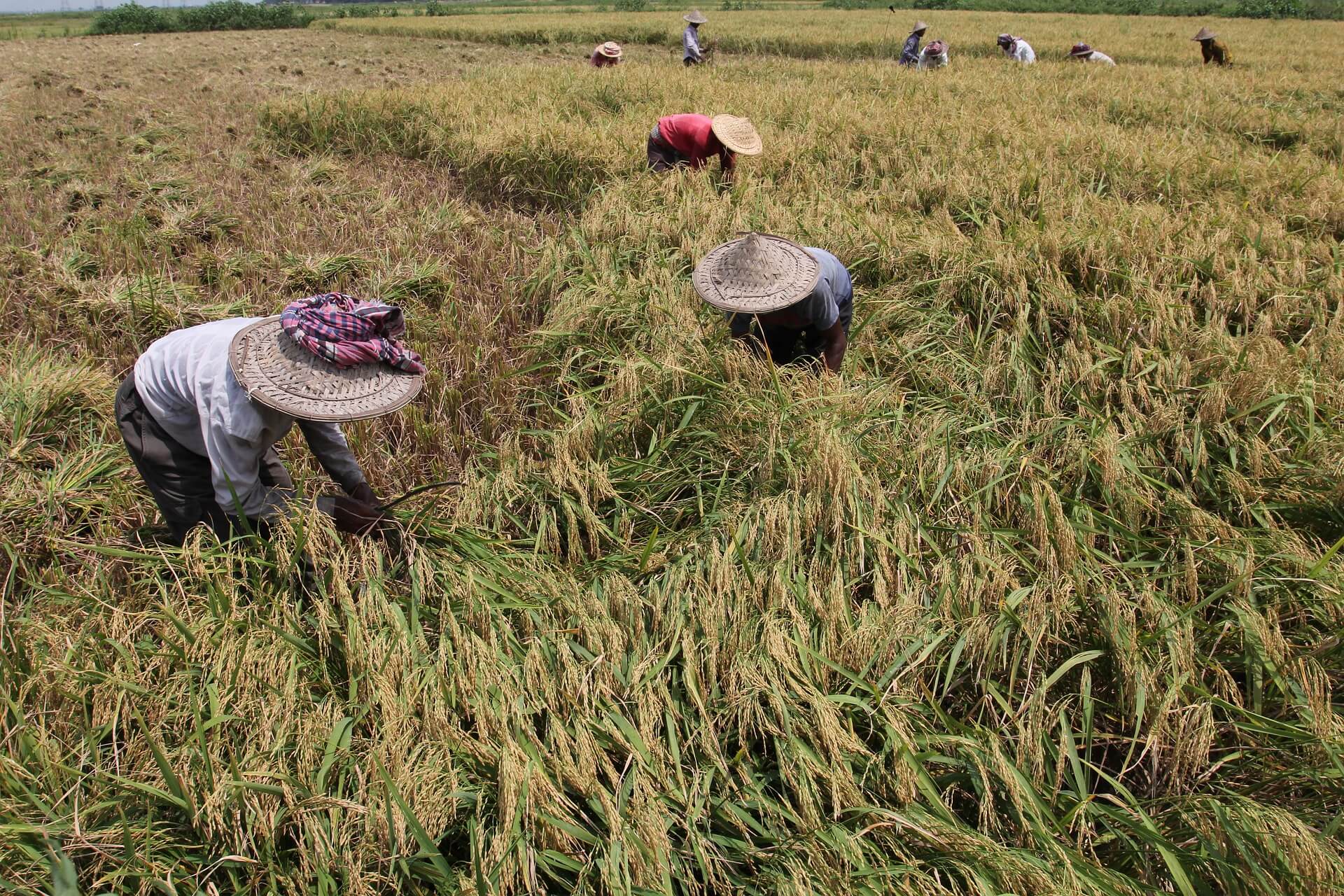
Source: Maruf Rahman, Pixabay.
Just as our freshwater supplies are at risk, so too are our food supplies. Many industrial farming processes are heavily reliant on freshwater supply. For instance, the agricultural industry alone currently uses 70% of the world’s freshwater. If rising sea levels continue to interfere with water supply, the impact on the farming sector will be nothing short of catastrophic. A significant amount of the world’s fruit, vegetables, and other important crops (e.g. rice) will be negatively impacted. This is because many plants are sensitive to salt and so when low-lying coastal areas are flooded, the saltwater can prevent important crops from growing. The impact of sea level rise on the food industry is already being felt in countries such as Bangladesh – one of the largest producers of rice in the world. In fact, it is now estimated that rice yields in the country will decrease by 15.6 percent by 2050 as a direct result of salt water invasion from sea level rise.
6) Stronger Storms Become The Norm
It’s no secret that global warming is making our weather worse. But did you know that sea level rise alone is a major factor in storm severity? This is because higher seas can lead to more dangerous storm surges (i.e. when coastal waters are pushed inland by strong winds). Coastal regions such as New Orleans in the United States have already borne witness to just how disastrous sea level rise can be in relation to storm surges. Hurricane Katrina was the costliest natural disaster in U.S. history: its impact was considerably worsened by higher-than-average seas that led to the storm surge that ultimately put 80% of New Orleans underwater. As ocean temperatures continue to warm and the seas continue to rise, coastal communities in high risk areas will have to bear the consequences of wild weather events that could ultimately have the potential to wipe them out completely.
7) Bigger Seas Are Bad For Biodiversity

Source: Nicolas T Lopez, Pixabay.
We are currently in the midst of a biodiversity crisis that will only be made worse with rising sea levels. Many important plant and animal species grow and thrive in coastal regions where sea levels are rising. In fact, a report by the Center for Biological Diversity found that 17% (or 1 in 6) of the United States’ federally protected species were at risk of losing their habitats to sea level rise. If we continue on our current path, we stand to lose a large number of important species that are integral to the maintenance of healthy ecosystems such as Hawaiian Monk Seals, Western Pond Turtles, and Florida Key deer. When coastal habitats sink beneath the sea and species begin to disappear, the effects will be far-reaching and the negative ripple effect will impact the biodiversity of wider ecosystems. This does not bode well for us, either, as many of the jobs, food, and services that are centred around this biodiversity (e.g. seafood industry) will gradually vanish too.
8) Sea Level Rise Is Extremely Expensive
Since the industrial revolution, our global economic system has been dominated by myths of unlimited growth. This has created unsustainable business models and lifestyles that have huge environmental consequences. This endless pursuit of profit and power, however, is actually beginning to drain our pockets too. Rising sea levels could cost the world 14 trillion dollars a year by 2100. Money will be lost on real estate, infrastructure, and disrupted business supply chains, and that’s just for starters. In fact, if we do not begin to prepare for rising sea levels now, it is estimated that between 0.3%-9.3% of global goods and services (i.e. GDP) will be lost annually as a result of coastal flooding. by 2100. While this might not sound like much, the consequences will be far-reaching. Many of the industries that we rely on for food, shelter, and leisure such as farming, real estate and tourism will see significant losses in the coming years. It appears that underestimating the impact of sea level rise is one costly mistake we don’t want to make.
9) Sea Level Rise is Slowly Lengthening Our Days
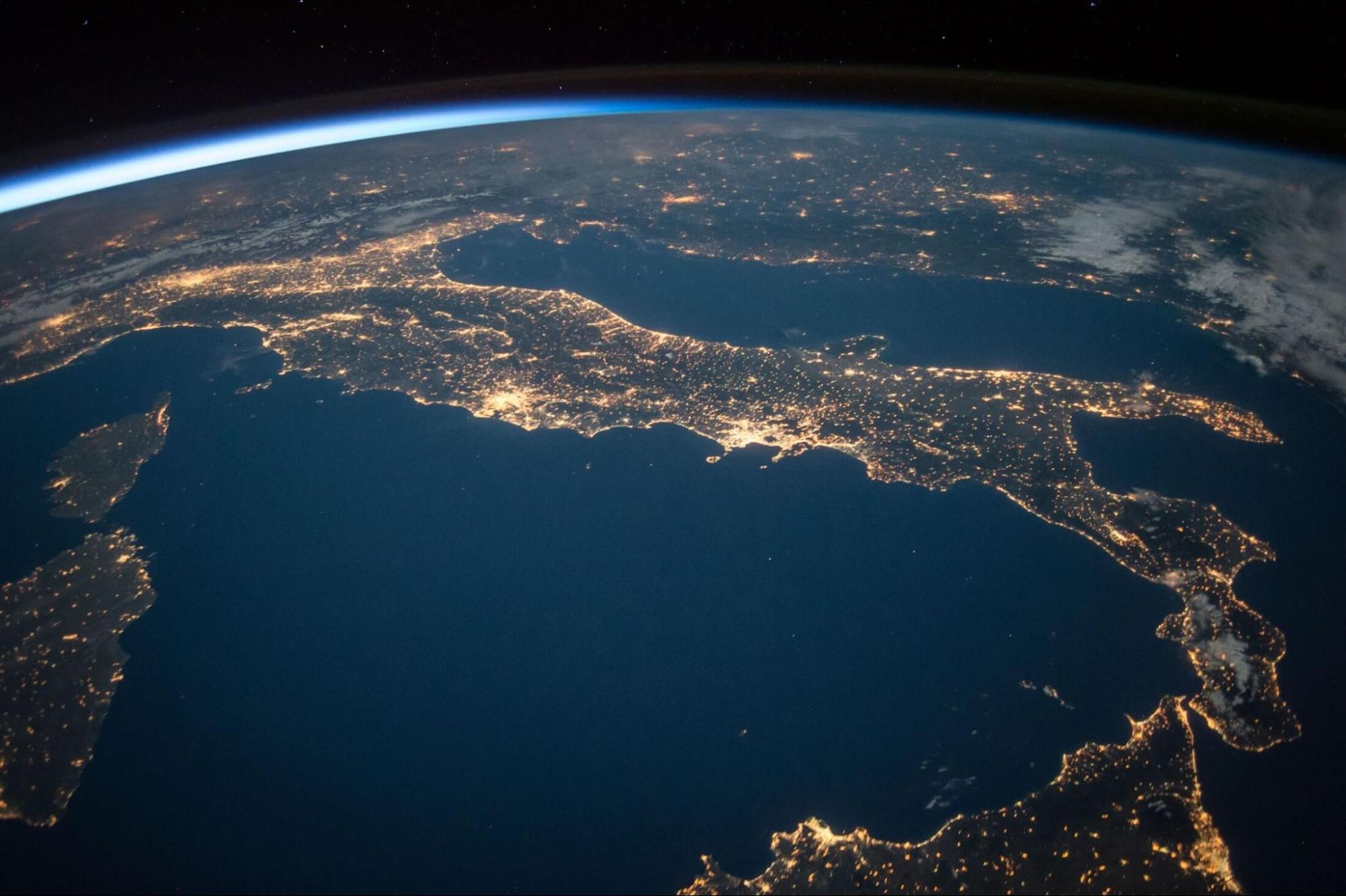
Source: Pixabay.
Another surprising fact about sea level rise is that it has the potential to lengthen our days. As ice melts, more water is distributed into the ocean. This shift in global water weight causes a change in Earth’s axis as more water accumulates near the equator which slows down Earth’s rotation. Scientists often explain this phenomenon using the example of a figure skater who slows down their spin by spreading their arms wide – in this case as the water spreads around the equator, Earth’s rotation gets slower. And what does this mean for us? Well, our days will marginally grow in length over many years as it takes Earth longer and longer to complete its rotation. In fact, our days are currently lengthening at a rate of approximately 1.8 milliseconds a century. While we won’t likely notice much of a difference in this lifetime, our future days could look vastly different if we continue on the same path.
10) A Sea Level Rise Surprise: Building Bigger Islands
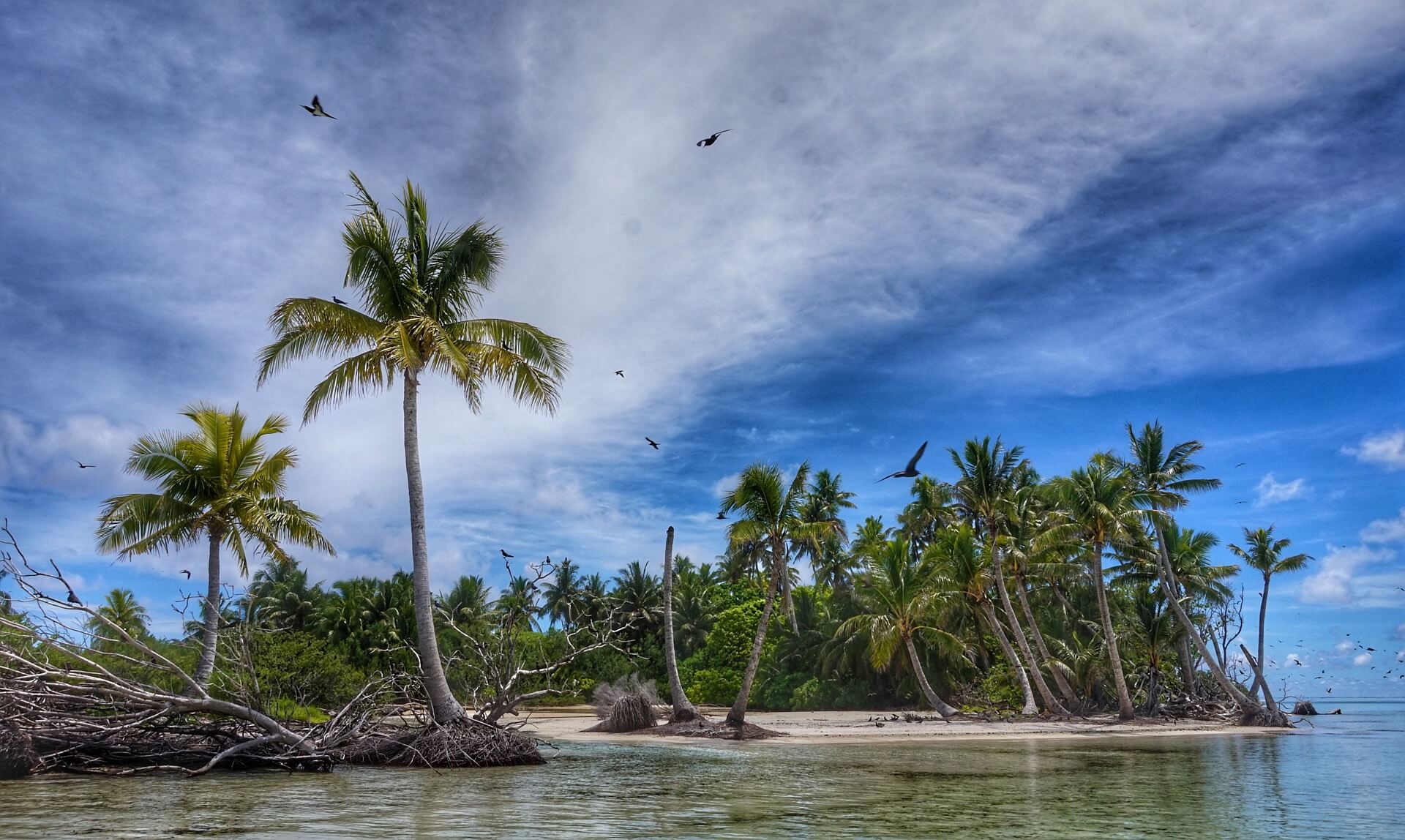
Source: laurentriem from Pixabay
Rising seas aren’t just shrinking coastlines, in some places they’re actually growing them. This is most evident in the Pacific Islands, where land mass has increased as seas have risen over recent years. One such example is the island of Tuvalu – which grew in total land area by 2.9% between 1971 and 2014 despite sea levels in the same area having risen at twice the global average. Scientists believe this is likely due to local storms and wave patterns shifting sand and gravel around the island and indirectly protecting it from corrosion from the rising tides. This fortunate discovery bodes well for the 11,000 people who call Tuvalu home as the island was originally expected to completely disappear under the water within the next few decades, though little consolation for the majority of resilient Pacific Islander communities as they continue their fight for immediate climate action in order to save their homelands.
So, what does this interesting phenomenon teach us? If anything at all, it is proof that the effects of sea level rise and man-made climate change generally still have the ability to surprise us despite the scientific consensus as to its general direction. While this may be a small positive, who knows what other unpredicted effects will arise as we enter the uncharted waters of a world where our climate impact begins to bite back?
Conclusion
Did any of these 10 facts about sea level rise surprise you? They certainly surprised me. It is clear that we are currently heading towards a potentially disastrous future with devastating social and environmental costs if we do not change our current course now. It might be too late to prevent all of the consequences of sea level rise, but it is not too late to prevent some of the worst. You can help turn the tide by joining the growing community of concerned citizens that are choosing to stand up and rebel against the current path of destruction. Together we can act now and create the wave of change that will ensure a safer, brighter future for humankind and the planet we call home.




